In the process of the concrete, the mixing process of the concrete mixing machine includes loading period,mixing period and discharge period.
The loading method includes the order of loading the constituents into the mixer and also the duration of the loading period. The duration of this period depends on the time, the ingredients are mixed and dried before adding water and the loading rate of the ingredients.The loading period is extended from the time when the first constituent is introduced in the mixer to when all the constituents are in the mixer. The loading period can be divided into two parts: in dry mixing and wet mixing. Dry mixing is the mixing that occurs during loading but before water is introduced. Wet mixing is mixing after or while water is being introduced, but still during loading. This means that materials are introduced any time during the loading period: all before the water, all after the water, partially before and partially after.
Very often, the mixing time is defined as the time elapsed between the loading of the first constituent of the final discharge of the concrete. There is another approach defining mixing time as the time between the loading of all constituents and the beginning of concrete discharge. It should be noted that solid constituents can be added at various stages of the loading period: during dry mixing, after water is added, after a second period of mixing.Both definitions are acceptable. In any case, it is important that the mixing process be described fully for each batch of concrete.
The discharge of the mixer should be arranged so that it increases productivity (fast discharge), and it does not modify (slow discharge) the homogeneity of the concrete. For instance, if the discharge involves a sudden change in velocity as in falling a long distance onto a rigid surface—there could be a separation of the constituents by size or, in other words, segregation.
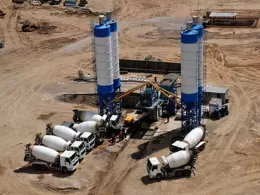



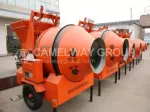
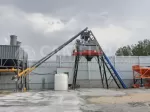


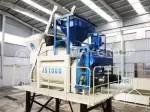
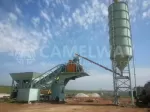


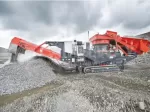
0 Comment